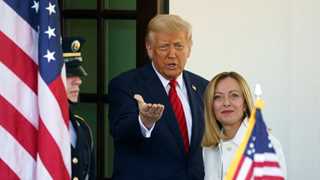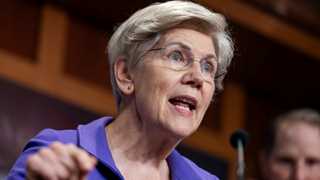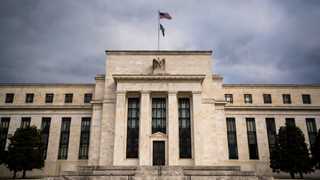The Federal Reserve's two-day meeting is expected to end with another hold on interest rates that have been sitting at their over two-decade high since last July, reflecting the central bank's commitment to bring inflation down to the 2% target.
With no major surprises on the horizon, all eyes will be laser-focused on the Federal Open Market Committee's dot plot which is anticipated to provide hints as to when the central bank will ease its monetary policy. Given the most recent data on inflation and the labor market in the United States, analysts appeared to have completely ruled out a summer rate cut. Instead, they anticipate that the central bankers will only cut rates once or twice this year, with September being the earliest date to start the easing policy cycle.
The nonfarm employment in May expanded by more than anticipated, data by the Bureau of Labor Statistics showed, raising concerns that hot labor market and wage growth continued to fuel inflationary pressures despite tight monetary conditions. The highly-watched inflation gauge also indicated that annualized core personal consumer expenditures increased in April, indicating that costs continued to grow too fast for consumers. The Federal Reserve officials previously showed no rush in adjusting the monetary policy before reaching price stability in the United States. The Fed's policy-setting committee cautioned that interest rates could further be tightened "should risks to inflation materialize in a way that such an action became appropriate."
The consumer inflation data will be published before Wall Street's opening bell on Wednesday, with the Federal Reserve's June rate call expected hours later. The announcement will be followed by Chair Jerome Powell's press conference during which he will take questions from reporters and clarify the central bank's decision.




